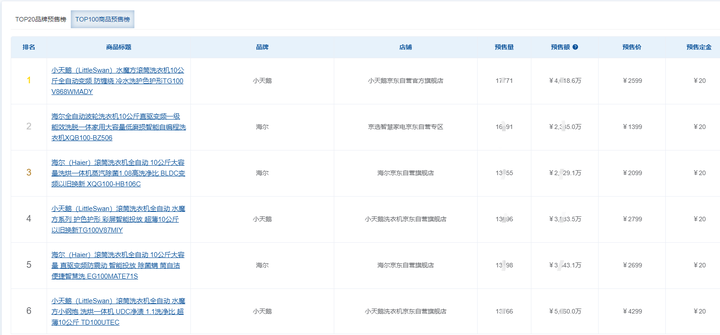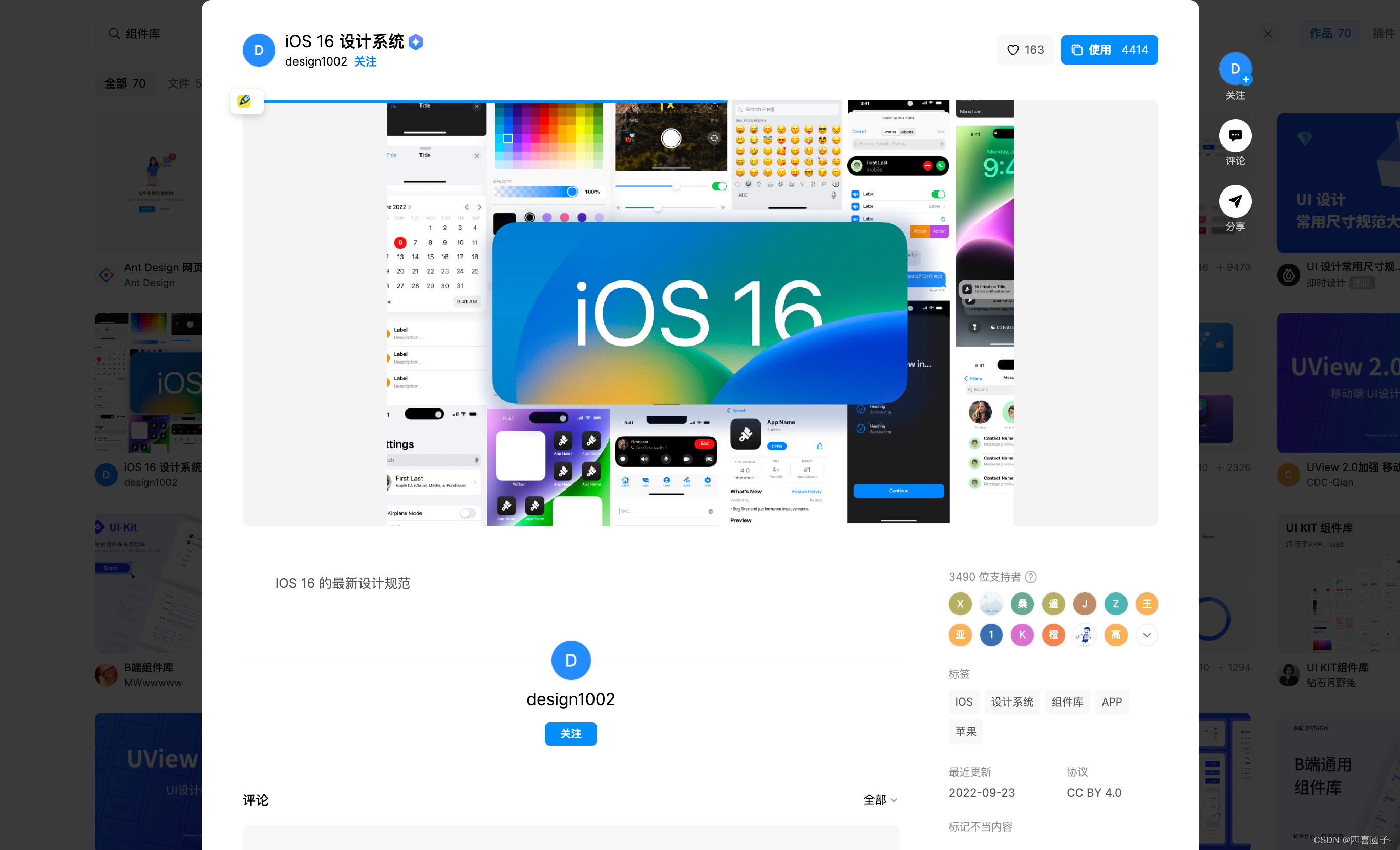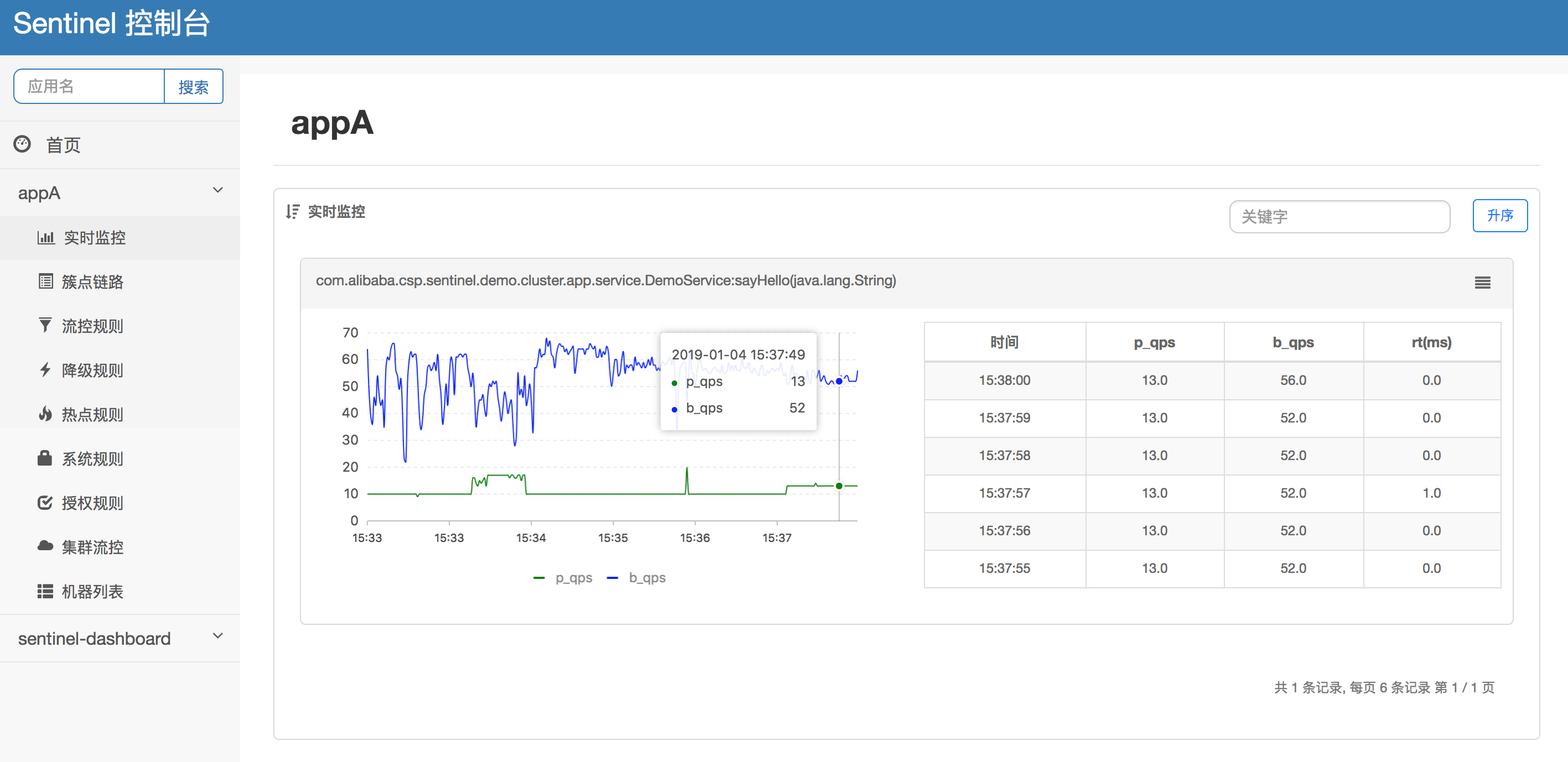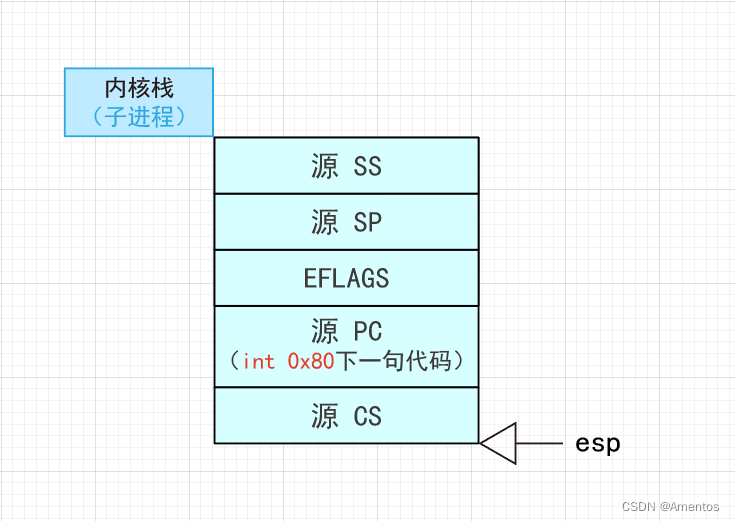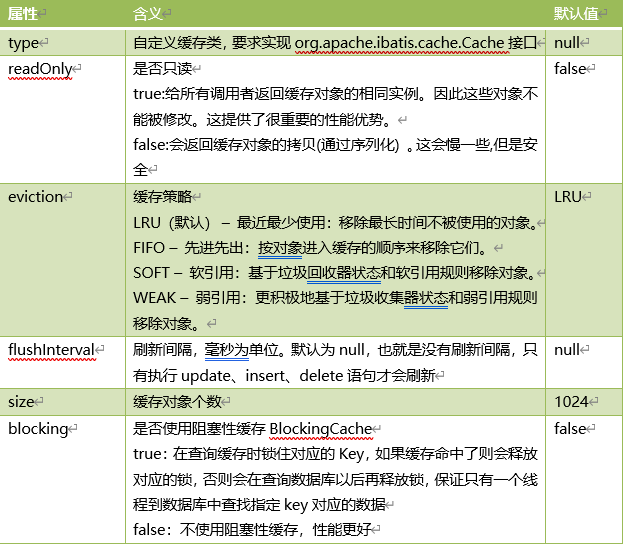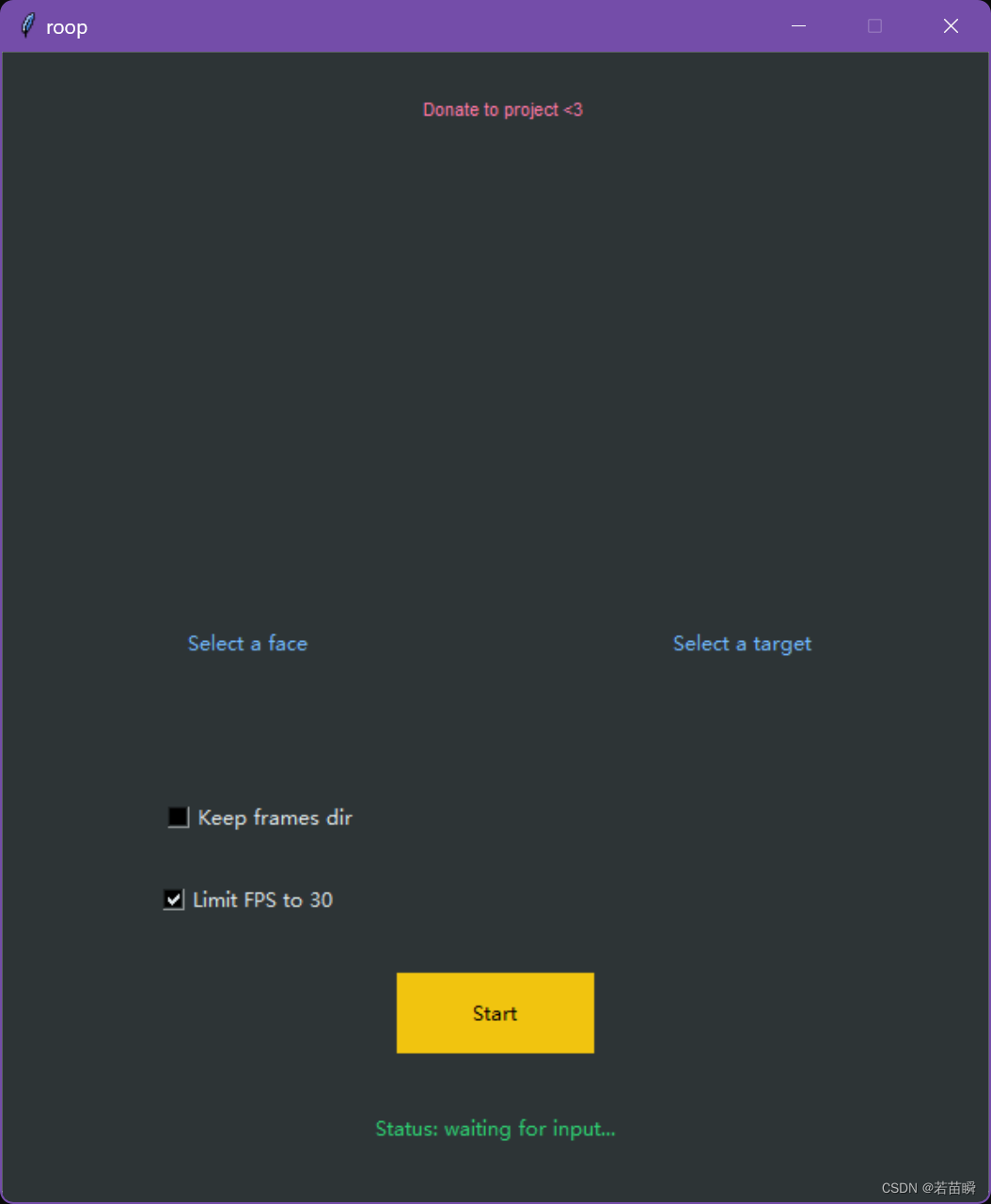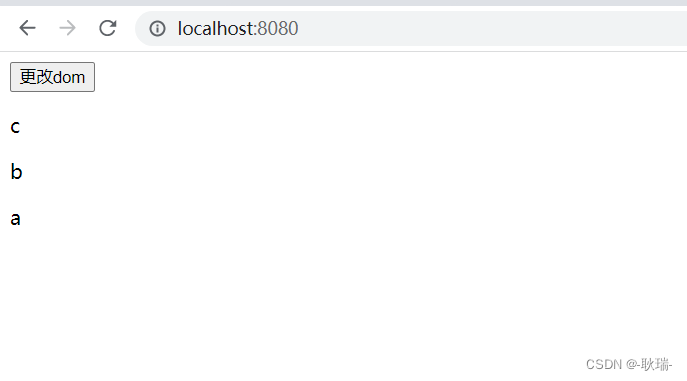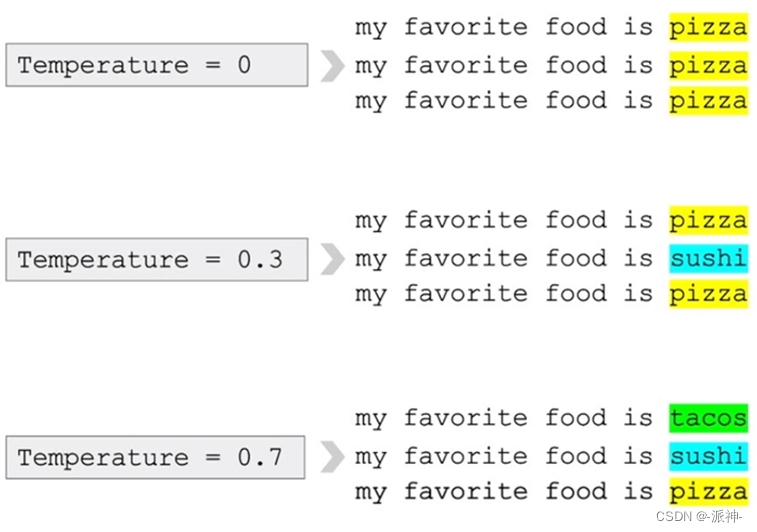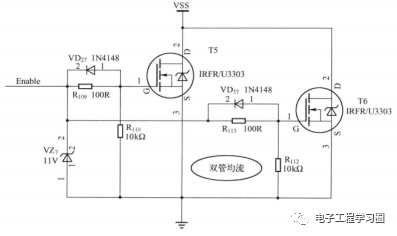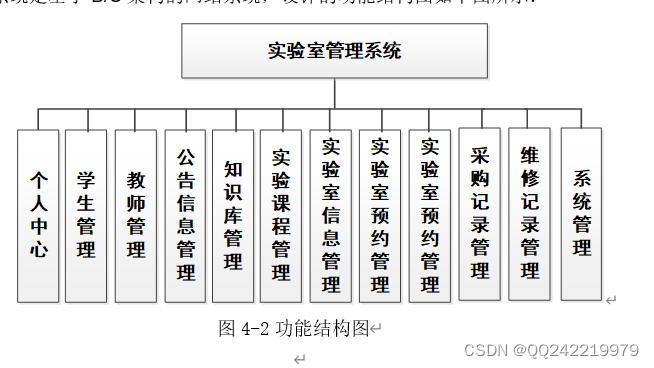Spring Boot如何实现自定义Spring Boot启动器
在Spring Boot中,启动器(Starter)是一组依赖项的集合,它们一起提供了某个特定的功能。使用Spring Boot启动器可以让我们更加方便地集成第三方库和框架,并且可以避免版本冲突等问题。在本文中,我们将介绍如何实现自定义Spring Boot启动器,并提供一个示例代码。

什么是Spring Boot启动器
Spring Boot启动器是一组依赖项的集合,它们一起提供了某个特定的功能。启动器通常包括一组依赖项和一些默认的配置信息,它们可以帮助我们更加方便地集成第三方库和框架,并且可以避免版本冲突等问题。
Spring Boot提供了很多内置的启动器,例如spring-boot-starter-web、spring-boot-starter-data-jpa等。这些启动器可以帮助我们快速地搭建一个Web应用程序或者一个数据访问层,而无需手动配置依赖项和默认配置信息。
自定义Spring Boot启动器
除了可以使用Spring Boot内置的启动器外,我们还可以自己定义一个Spring Boot启动器。自定义Spring Boot启动器可以帮助我们更加方便地集成第三方库和框架,并且可以提高应用程序的可维护性和可扩展性。下面,我们将介绍如何实现自定义Spring Boot启动器,并提供一个示例代码。
创建Maven项目
首先,我们需要创建一个Maven项目,并添加必要的依赖项和插件。在pom.xml文件中,我们需要添加spring-boot-starter-parent、spring-boot-starter-test等Spring Boot相关的依赖项,以及maven-assembly-plugin插件和spring-boot-maven-plugin插件。具体的pom.xml文件内容如下:
<project xmlns="http://maven.apache.org/POM/4.0.0"
xmlns:xsi="http://www.w3.org/2001/XMLSchema-instance"
xsi:schemaLocation="http://maven.apache.org/POM/4.0.0
http://maven.apache.org/xsd/maven-4.0.0.xsd">
<modelVersion>4.0.0</modelVersion>
<groupId>com.example</groupId>
<artifactId>my-starter</artifactId>
<version>1.0.0-SNAPSHOT</version>
<name>My Starter</name>
<description>My custom Spring Boot starter</description>
<parent>
<groupId>org.springframework.boot</groupId>
<artifactId>spring-boot-starter-parent</artifactId>
<version>2.6.0</version>
<relativePath/>
</parent>
<dependencies>
<!-- Add your dependencies here -->
</dependencies>
<build>
<plugins>
<plugin>
<groupId>org.apache.maven.plugins</groupId>
<artifactId>maven-assembly-plugin</artifactId>
<version>3.2.0</version>
<configuration>
<archive>
<manifest>
<mainClass>com.example.MyStarterApplication</mainClass>
</manifest>
</archive>
<descriptorRefs>
<descriptorRef>jar-with-dependencies</descriptorRef>
</descriptorRefs>
</configuration>
<executions>
<execution>
<id>make-assembly</id>
<phase>package</phase>
<goals>
<goal>single</goal>
</executions>
</plugin>
<plugin>
<groupId>org.springframework.boot</groupId>
<artifactId>spring-boot-maven-plugin</artifactId>
</plugin>
</plugins>
</build>
</project>
创建自定义配置类
接下来,我们需要创建一个自定义的配置类,用于定义一些默认的配置信息。在该配置类中,我们可以使用@Configuration注解和@Bean注解来定义一些Bean,以及使用@ConfigurationProperties注解来绑定配置文件中的属性值。具体的代码如下:
@Configuration
@ConfigurationProperties(prefix = "my.starter")
public class MyStarterAutoConfiguration {
private String message = "Hello, World!";
public String getMessage() {
return message;
}
public void setMessage(String message) {
this.message = message;
}
@Bean
public MyStarterService myStarterService() {
return new MyStarterService(message);
}
}
在上述代码中,我们创建了一个名为MyStarterAutoConfiguration的配置类,并使用@ConfigurationProperties注解绑定了配置文件中的my.starter前缀的属性值。我们还定义了一个名为myStarterService的Bean,并使用@Bean注解将该Bean注册到Spring容器中。
创建自定义启动器在自定义配置类之后,我们需要创建自定义的启动器。在Spring Boot中,启动器通常以spring-boot-starter-*的命名格式命名。因此,在本文中,我们将创建一个名为my-starter-spring-boot-starter的自定义启动器。
创建启动器项目
我们首先需要在Maven项目中创建一个新的模块,用于存放自定义启动器的代码。在该模块中,我们需要创建一个名为my-starter-spring-boot-starter的Maven项目,并添加必要的依赖项和插件。具体的pom.xml文件内容如下:
<project xmlns="http://maven.apache.org/POM/4.0.0"
xmlns:xsi="http://www.w3.org/2001/XMLSchema-instance"
xsi:schemaLocation="http://maven.apache.org/POM/4.0.0
http://maven.apache.org/xsd/maven-4.0.0.xsd">
<modelVersion>4.0.0</modelVersion>
<parent>
<groupId>com.example</groupId>
<artifactId>my-starter</artifactId>
<version>1.0.0-SNAPSHOT</version>
</parent>
<artifactId>my-starter-spring-boot-starter</artifactId>
<version>1.0.0-SNAPSHOT</version>
<name>My Starter Spring Boot Starter</name>
<description>My custom Spring Boot starter</description>
<dependencies>
<dependency>
<groupId>org.springframework.boot</groupId>
<artifactId>spring-boot-autoconfigure</artifactId>
<version>2.6.0</version>
</dependency>
<dependency>
<groupId>com.example</groupId>
<artifactId>my-starter</artifactId>
<version>1.0.0-SNAPSHOT</version>
</dependency>
</dependencies>
<build>
<plugins>
<plugin>
<groupId>org.apache.maven.plugins</groupId>
<artifactId>maven-jar-plugin</artifactId>
<version>3.2.0</version>
<configuration>
<archive>
<manifest>
<mainClass>com.example.MyStarterApplication</mainClass>
</manifest>
</archive>
</configuration>
</plugin>
</plugins>
</build>
</project>
在上述代码中,我们创建了一个名为my-starter-spring-boot-starter的Maven项目,并添加了spring-boot-autoconfigure和my-starter的依赖项。这些依赖项将帮助我们自定义启动器和自动配置类。
创建自动配置类
接下来,我们需要在自定义启动器模块中创建一个自动配置类,用于定义自定义启动器提供的功能。在该自动配置类中,我们可以使用@Configuration注解和@ConditionalOnClass注解来定义一些Bean,并使用@Bean注解将这些Bean注册到Spring容器中。具体的代码如下:
@Configuration
@ConditionalOnClass(MyStarterService.class)
@EnableConfigurationProperties(MyStarterProperties.class)
public class MyStarterAutoConfiguration {
private final MyStarterProperties properties;
public MyStarterAutoConfiguration(MyStarterProperties properties) {
this.properties = properties;
}
@Bean
@ConditionalOnMissingBean
public MyStarterService myStarterService() {
return new MyStarterService(properties.getMessage());
}
}
在上述代码中,我们创建了一个名为MyStarterAutoConfiguration的自动配置类,并使用@ConditionalOnClass注解来判断当前应用程序是否存在MyStarterService类。如果存在该类,则该自动配置类才会生效。
另外,我们还使用@EnableConfigurationProperties注解来启用配置属性类MyStarterProperties,并在构造函数中注入该类。我们还定义了一个名为myStarterService的Bean,并使用@Bean注解将该Bean注册到Spring容器中。在这里,我们使用@ConditionalOnMissingBean注解来判断是否已经存在名为myStarterService的Bean。如果不存在,则创建一个新的Bean。
创建配置属性类
除了自动配置类外,我们还需要创建一个配置属性类,用于定义自定义启动器的属性值。在该类中,我们可以使用@ConfigurationProperties注解来绑定属性值。具体的代码如下:
@ConfigurationProperties(prefix = "my.starter")
public class MyStarterProperties {
private String message = "Hello, World!";
public String getMessage() {
return message;
}
public void setMessage(String message) {
this.message = message;
}
}
在上述代码中,我们创建了一个名为MyStarterProperties的配置属性类,并使用@ConfigurationProperties注解绑定了配置文件中的my.starter前缀的属性值。其中,message属性的默认值为"Hello,World!"。
创建自定义启动器类
最后,我们需要创建一个自定义启动器类,用于将自定义启动器的自动配置类和配置属性类注册到Spring容器中。在该类中,我们可以使用@EnableAutoConfiguration注解和@Import注解来注册自动配置类和配置属性类。具体的代码如下:
@Configuration
@EnableAutoConfiguration
@Import({MyStarterAutoConfiguration.class, MyStarterProperties.class})
public class MyStarterAutoConfigurationImportSelector implements ImportSelector {
@Override
public String[] selectImports(AnnotationMetadata importingClassMetadata) {
return new String[]{
MyStarterAutoConfiguration.class.getName(),
MyStarterProperties.class.getName()
};
}
}
在上述代码中,我们创建了一个名为MyStarterAutoConfigurationImportSelector的自定义启动器类,并使用@EnableAutoConfiguration注解和@Import注解将自动配置类和配置属性类注册到Spring容器中。另外,我们还实现了ImportSelector接口,并重写了selectImports方法,用于返回需要导入的类的全限定名数组。
创建示例应用程序
最后,我们需要创建一个示例应用程序,用于演示如何使用自定义启动器。在该应用程序中,我们可以直接引入自定义启动器的依赖项,然后使用自定义的配置属性和Bean。具体的代码如下:
@SpringBootApplication
public class MyApp {
public static void main(String[] args) {
SpringApplication.run(MyApp.class, args);
}
@Autowired
private MyStarterService myStarterService;
@GetMapping("/hello")
public String sayHello() {
return myStarterService.sayHello();
}
}
在上述代码中,我们创建了一个名为MyApp的Spring Boot应用程序,并在其中注入了自定义启动器提供的Bean myStarterService。在sayHello方法中,我们调用myStarterService的sayHello方法,返回一个字符串。
测试自定义启动器
现在,我们可以使用mvn clean install命令将自定义启动器打包成一个可执行的jar包,并将其安装到本地Maven仓库中。然后,我们可以创建一个新的Spring Boot应用程序,并在其中引入自定义启动器的依赖项。具体的步骤如下:
-
在Maven项目的根目录下运行mvn clean install命令,将自定义启动器打包成一个可执行的jar包,并安装到本地Maven仓库中。
-
创建一个新的Spring Boot应用程序,并在pom.xml文件中添加自定义启动器的依赖项,具体如下:
<dependency>
<groupId>com.example</groupId>
<artifactId>my-starter-spring-boot-starter</artifactId>
<version>1.0.0-SNAPSHOT</version>
</dependency>
- 在应用程序的配置文件(例如application.yml)中,可以使用my.starter前缀来配置自定义启动器的属性值,具体如下:
my:
starter:
message: "Hello, Spring Boot!"
- 在应用程序中,可以通过@Autowired注解注入自定义启动器提供的Bean,并调用其中的方法,具体如下:
@Autowired
private MyStarterService myStarterService;
@GetMapping("/hello")
public String sayHello() {
return myStarterService.sayHello();
}
- 启动应用程序,并访问http://localhost:8080/hello,可以看到浏览器中显示的字符串为"Hello, Spring Boot!"。
总结
在本文中,我们介绍了如何实现自定义Spring Boot启动器,包括创建自动配置类、配置属性类和自定义启动器类,并演示了如何在示例应用程序中使用自定义启动器。自定义启动器可以帮助我们封装常用的配置和Bean,并提供给其他应用程序使用,从而提高开发效率和代码复用性。
